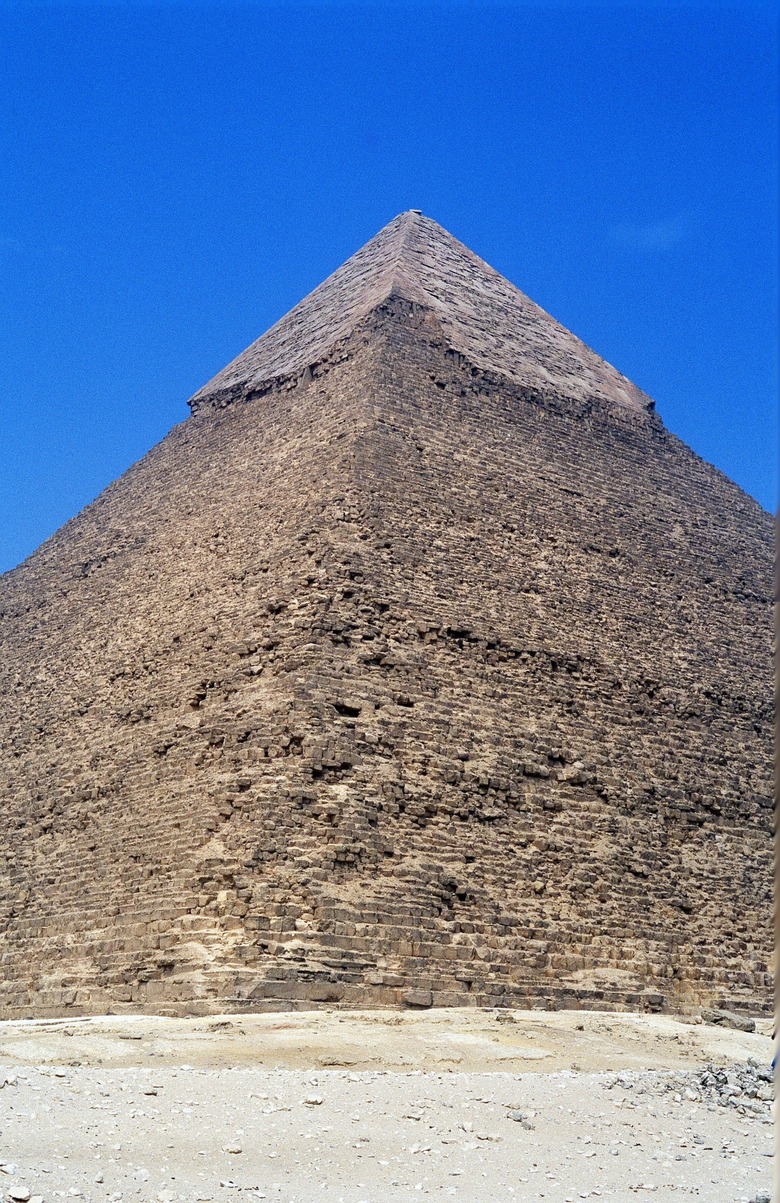How Was Granite Quarried In Ancient Egypt?
The ancient Egyptians loved using a variety of materials for their buildings and monuments. They used large amounts of limestone, and among the array of other stones, they favored black, gray and red granite from Aswan, a city in Egypt. The quarries around Aswan reveal the techniques used by the ancient Egyptians to quarry and cut the stone that forms the Great Pyramid at Giza. These quarries are still in use.
Aswan Granite
Aswan Granite
During the period of the Old Kingdom — 2650 – 2152 B.C. — quarrying techniques consisted of prying loose stones from the surface of the quarry. However, by the time of the New Kingdom, which began in 1539 B.C., quarrying techniques had advanced. According to a tourism website for Egypt, archaeological evidence suggests that the Egyptians hacked off the upper layers of weathered granite first. They then dug a trench around the granite to be cut. After the required depth of the trench was measured using a cubit rod, the workers cut in beneath the rock. They likely then cleared a pathway on one side of the cut granite and pushed it out horizontally rather than trying to lift it upward, the tourism website said.
Cutting the Granite
Cutting the Granite
To cut granite, workers cut a series of holes in the granite with a hammer and chisel and inserted wooden wedges. They soaked these with water, which made the wood expand and the rock split. The stone workers then used the chisel again to break the granite apart. The chisel was made of iron, whereas stone cutters could use bronze tools on softer rock like limestone.
Cite This Article
MLA
McKenzie, Eleanor. "How Was Granite Quarried In Ancient Egypt?" sciencing.com, https://www.sciencing.com/granite-quarried-ancient-egypt-6032/. 24 April 2017.
APA
McKenzie, Eleanor. (2017, April 24). How Was Granite Quarried In Ancient Egypt?. sciencing.com. Retrieved from https://www.sciencing.com/granite-quarried-ancient-egypt-6032/
Chicago
McKenzie, Eleanor. How Was Granite Quarried In Ancient Egypt? last modified March 24, 2022. https://www.sciencing.com/granite-quarried-ancient-egypt-6032/
